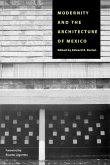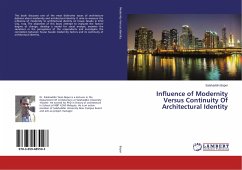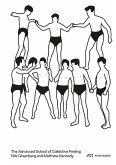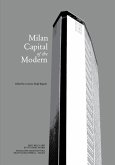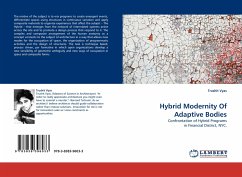The research explores the environment of confrontation between the configuration of transcontinental axes, amidst different hegemonic periods of diffusion of technologies and knowledge, encompassing local, regional and international scales throughout its articulation process. Fruit of the first industrial revolution, the railway transportation system represents a symbol of modernity in the 19th century, structured amidst the ideals of articulation between oceans and continents, drastically changing the understanding of the size of the globe. A context that, as of the 1960s, would show new transformations, reflecting the hegemony of the road transportation model, in contrast to the progressive abandonment of obsolete logistics structures from the previous period, driving a new global dynamic. In this context, the Heritage of Mobility would emerge in the midst of restructuring projects, highlighting both the urban landscape, previously consolidated, and the characters responsible for the dispersion of the ideals of mobility/modernity, thus valuing the set of structuring elements of the historic international logistics corridors.



